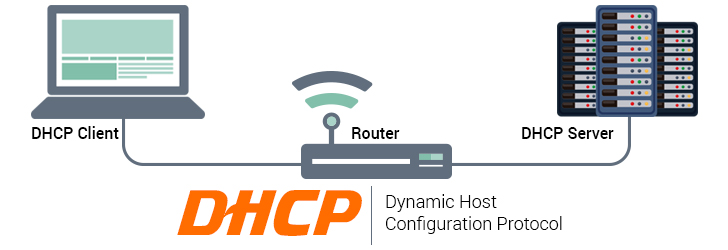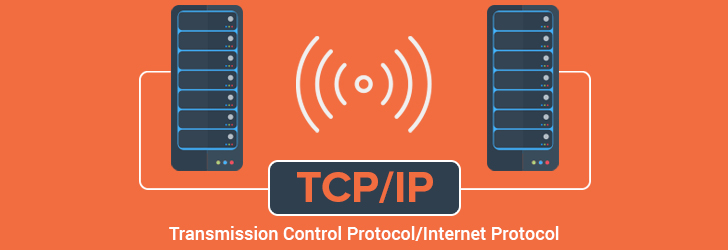
When searching for a reliable web host, consider factors like server uptime, loading speed, customer support, scalability, security features, and pricing. Ensure the host aligns with your website's needs, whether it's a personal blog or e-commerce site, and check for user reviews and recommendations to gauge their reputation.
[..]
Read more...










